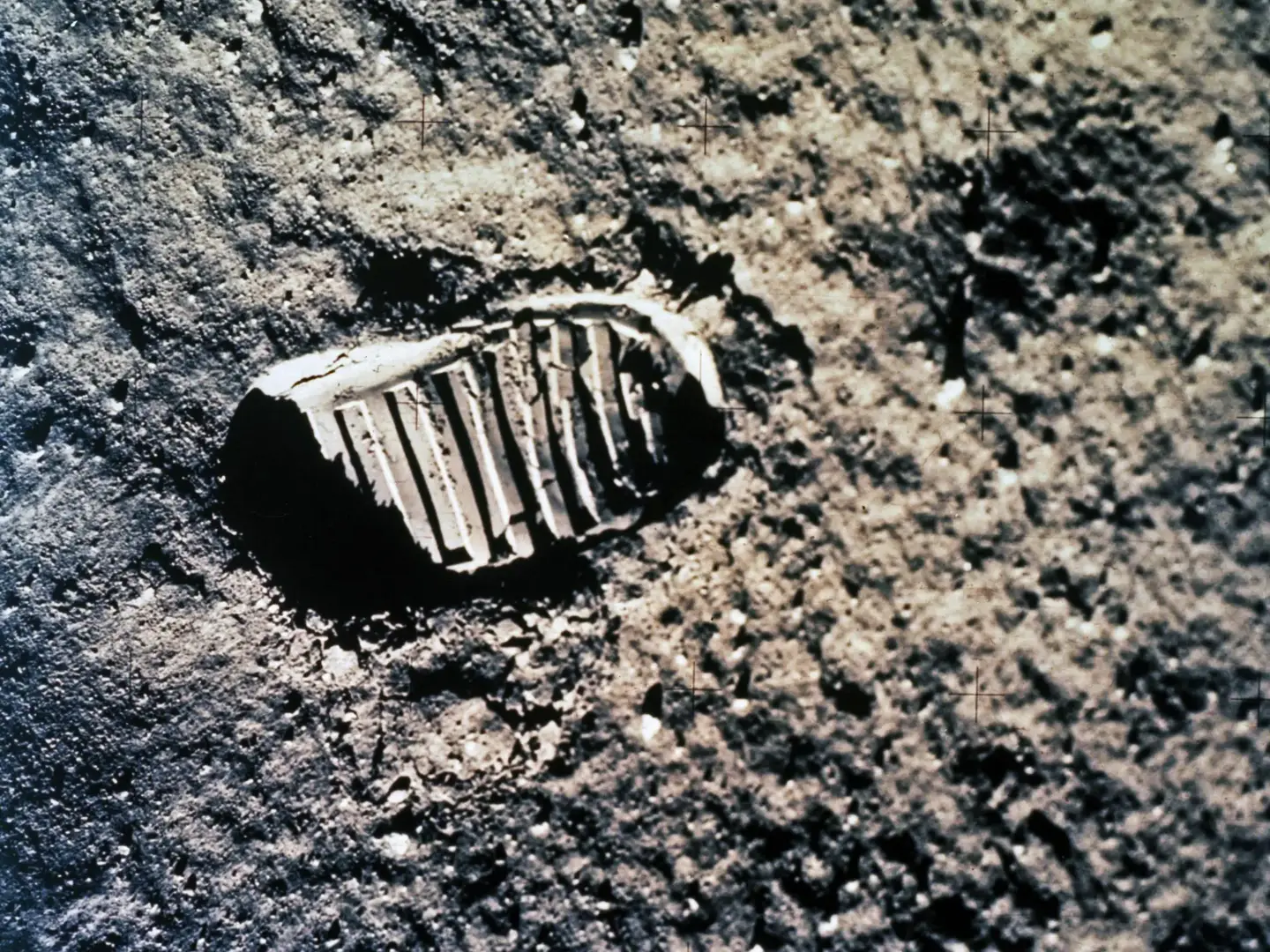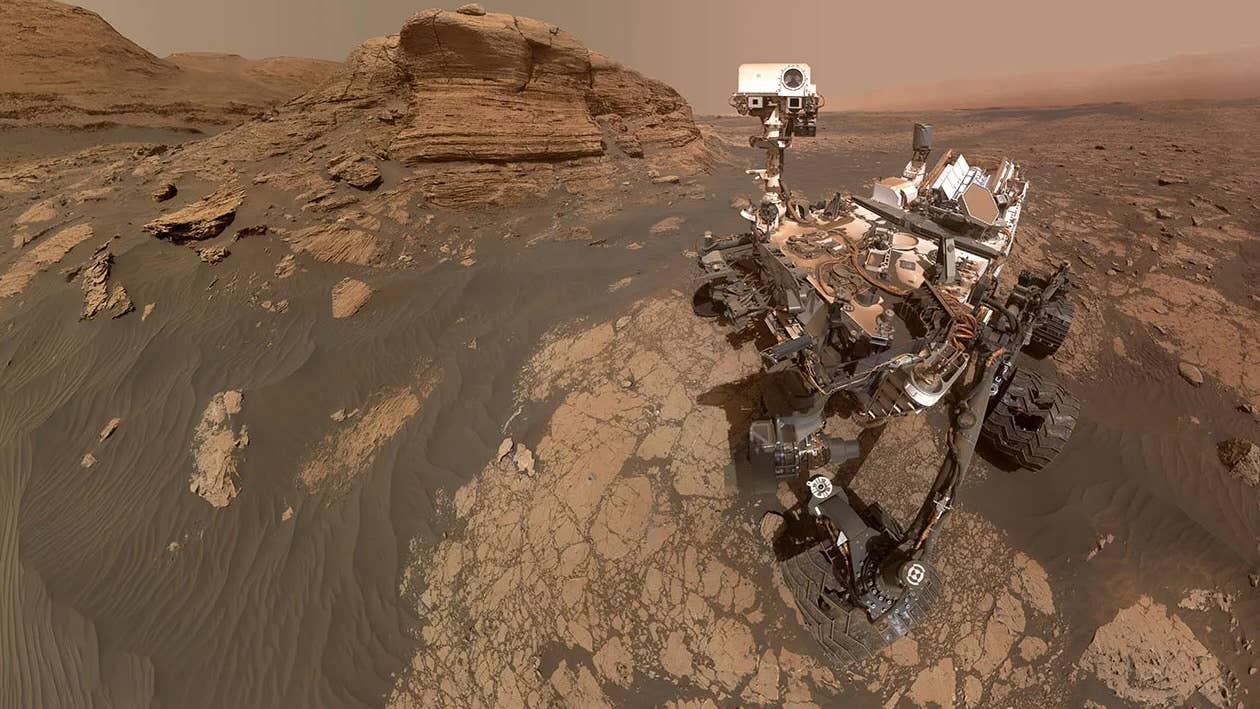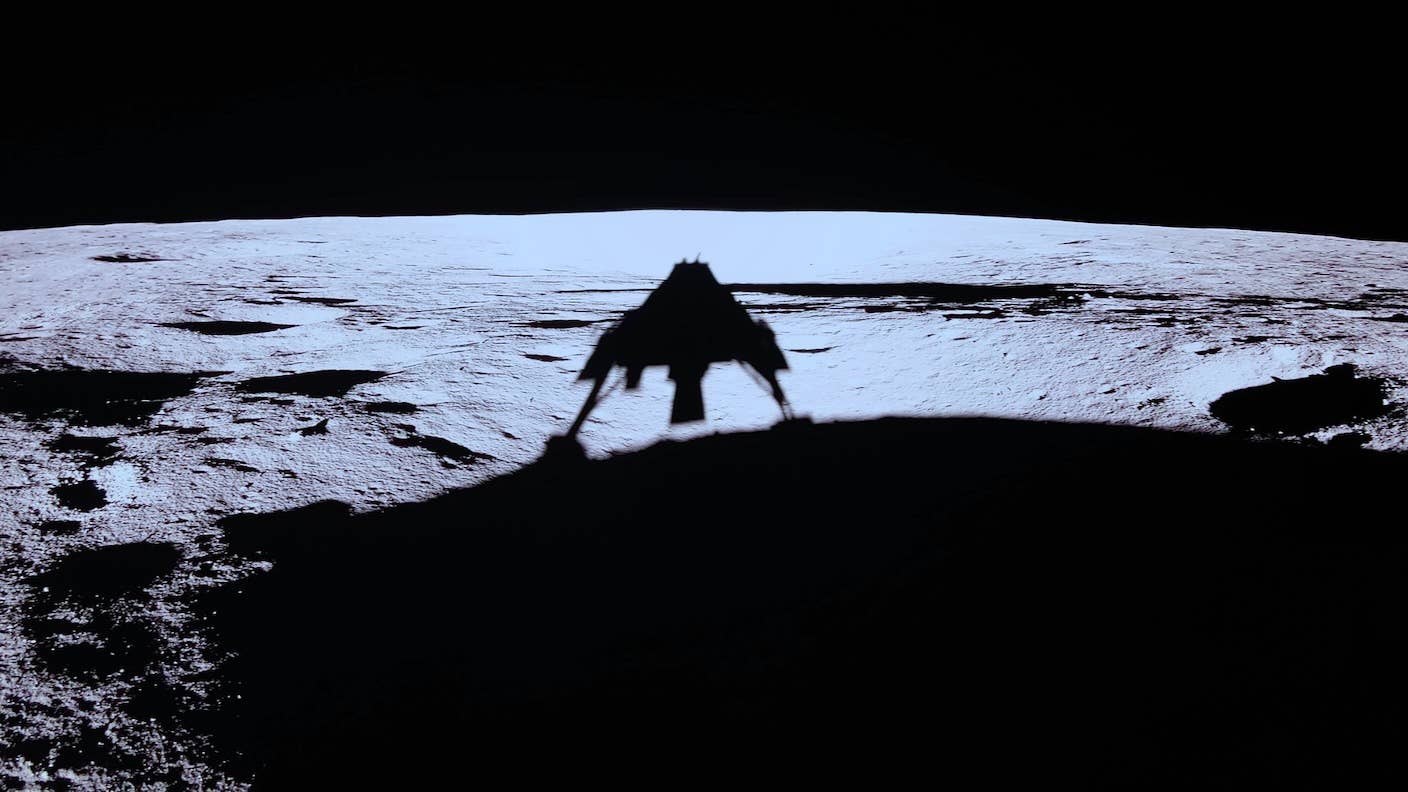Jeff Bezos’s rocket company Blue Origin hopes to become a major rival to SpaceX in the private space industry. But those ambitions are on hold after the company postponed the test launch of its new rocket earlier today.
Despite increasing investment in the private space industry, Elon Musk’s SpaceX has successfully converted its first-mover advantage into near total dominance of the market—accounting for 45 percent of global space launches in 2023. But Blue Origin is hoping to break that stranglehold with its heavy-lift New Glenn rocket, successor to the New Shepard suborbital launch vehicle that took Bezos to space in 2021.
The vehicle’s first test launch was due to lift off from Cape Canaveral Space Force Station in Florida at 1 a.m. Eastern Time (ET) this morning, but Blue Origin had to postpone the launch at the last minute due to rough weather at the landing zone in the Atlantic Ocean. It won’t be long until the company gets another crack at launch though—announcing on X it may try again as early as this Sunday.
The rocket—named after the first American to orbit Earth, NASA astronaut John Glenn—is 320 feet tall and designed to carry 45 tons to low Earth orbit. That places it between SpaceX's Falcon 9 and Falcon Heavy rockets in terms of payload capacity, at 22 and 64 tons respectively.
New Glenn features two stages. A booster provides most of the thrust to get the vehicle into the upper atmosphere and then detaches, allowing a smaller second stage to deliver the payload to orbit.
Just like SpaceX’s rockets, the first stage is designed to fly up to 25 times. After detaching from the second stage, it will return to Earth and attempt to land on a barge in the ocean. The company is planning a landing attempt on this initial test launch, which is why poor weather at sea prompted today’s cancellation.
Reusability has dramatically reduced SpaceX’s costs compared to competitors. Proving Blue Origin can reuse its rockets too will be crucial if it hopes to muscle in on a share of the launch market.
New Glenn won’t have a commercial payload for the test launch. Instead, it will carry a demonstrator designed to test key technologies for its future Blue Ring spacecraft, including a communications array, power systems, and flight computer.
Be Part of the Future
Sign up to receive top stories about groundbreaking technologies and visionary thinkers from SingularityHub.


Blue Ring is designed to carry multiple satellites into orbit and then maneuver to different orbits and locations to deploy them. Blue Origin hopes this will allow the company to provide much more flexible launch services than competitors.
Customers are already lining up.
Originally, the test launch was slated to carry a NASA mission to Mars, though this will now fly on a later New Glenn launch. The US Space Force has also selected the company, alongside SpaceX and United Launch Alliance, to compete for various missions over the next four years.
It is also likely to get a significant amount of business from Bezos’s other venture, Amazon, which is planning to deploy a constellation of internet satellites dubbed Project Kuiper to compete with SpaceX’s Starlink.
While much of this will depend on the success of the test launch, a positive result could herald a much more competitive era for the private launch industry. That’s likely to reduce barriers to space even further and help spur the burgeoning space economy.
What we’re reading




